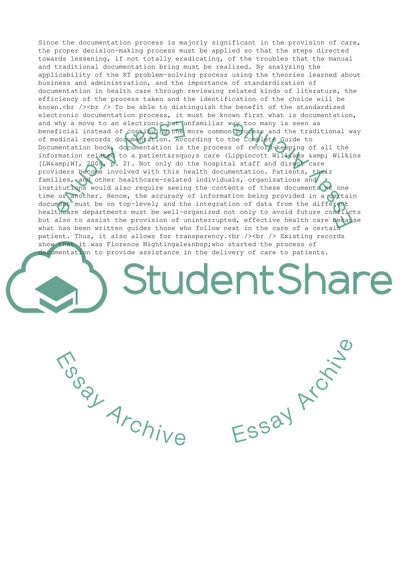Cite this document
(Decision-Making Process in Healthcare Administration Case Study, n.d.)
Decision-Making Process in Healthcare Administration Case Study. Retrieved from https://studentshare.org/management/1739311-kt-kepner-tregoe-decision-making-process-used-to-select-an-obstetrical-software-program-for-a-major-healthcare-corporation
Decision-Making Process in Healthcare Administration Case Study. Retrieved from https://studentshare.org/management/1739311-kt-kepner-tregoe-decision-making-process-used-to-select-an-obstetrical-software-program-for-a-major-healthcare-corporation
(Decision-Making Process in Healthcare Administration Case Study)
Decision-Making Process in Healthcare Administration Case Study. https://studentshare.org/management/1739311-kt-kepner-tregoe-decision-making-process-used-to-select-an-obstetrical-software-program-for-a-major-healthcare-corporation.
Decision-Making Process in Healthcare Administration Case Study. https://studentshare.org/management/1739311-kt-kepner-tregoe-decision-making-process-used-to-select-an-obstetrical-software-program-for-a-major-healthcare-corporation.
“Decision-Making Process in Healthcare Administration Case Study”, n.d. https://studentshare.org/management/1739311-kt-kepner-tregoe-decision-making-process-used-to-select-an-obstetrical-software-program-for-a-major-healthcare-corporation.


